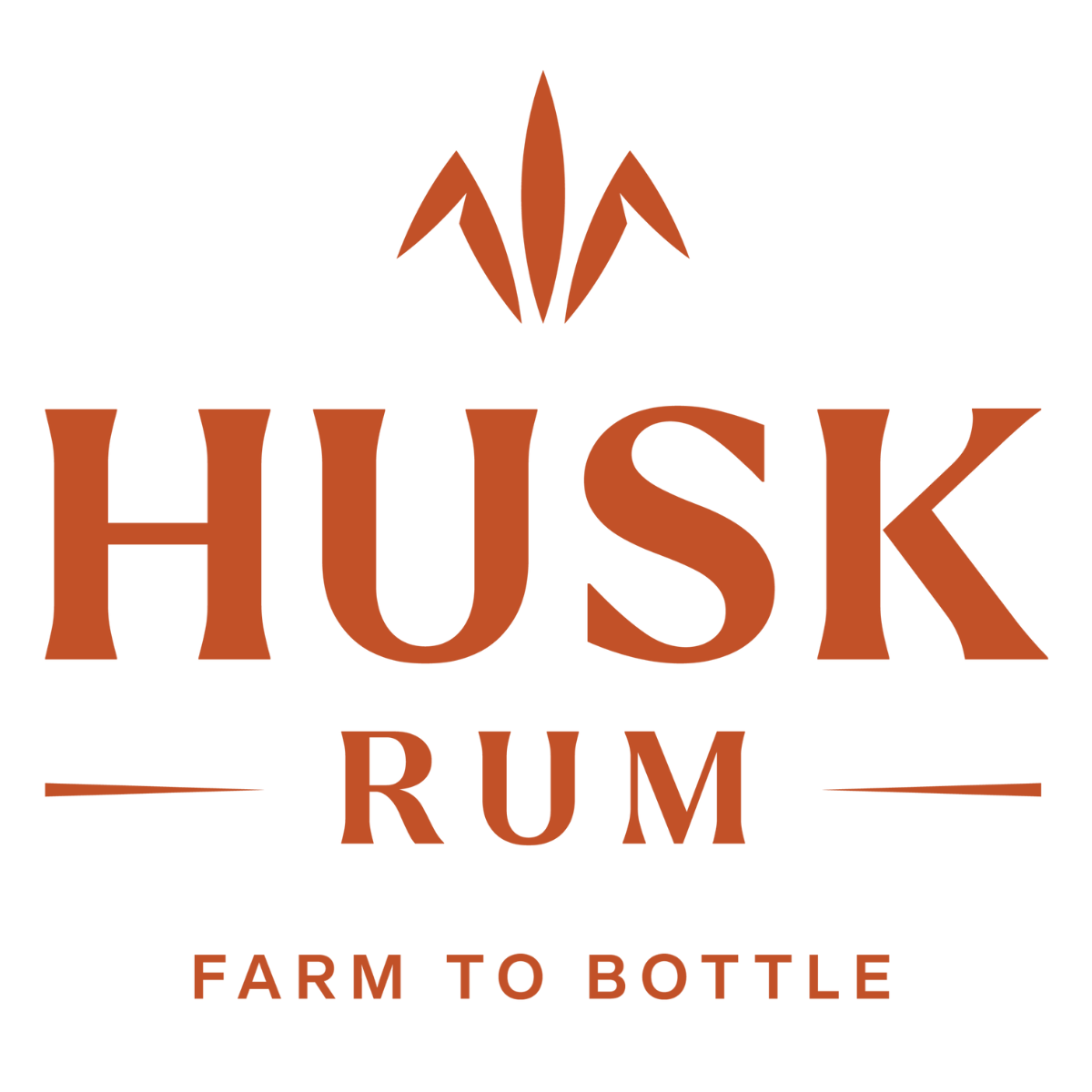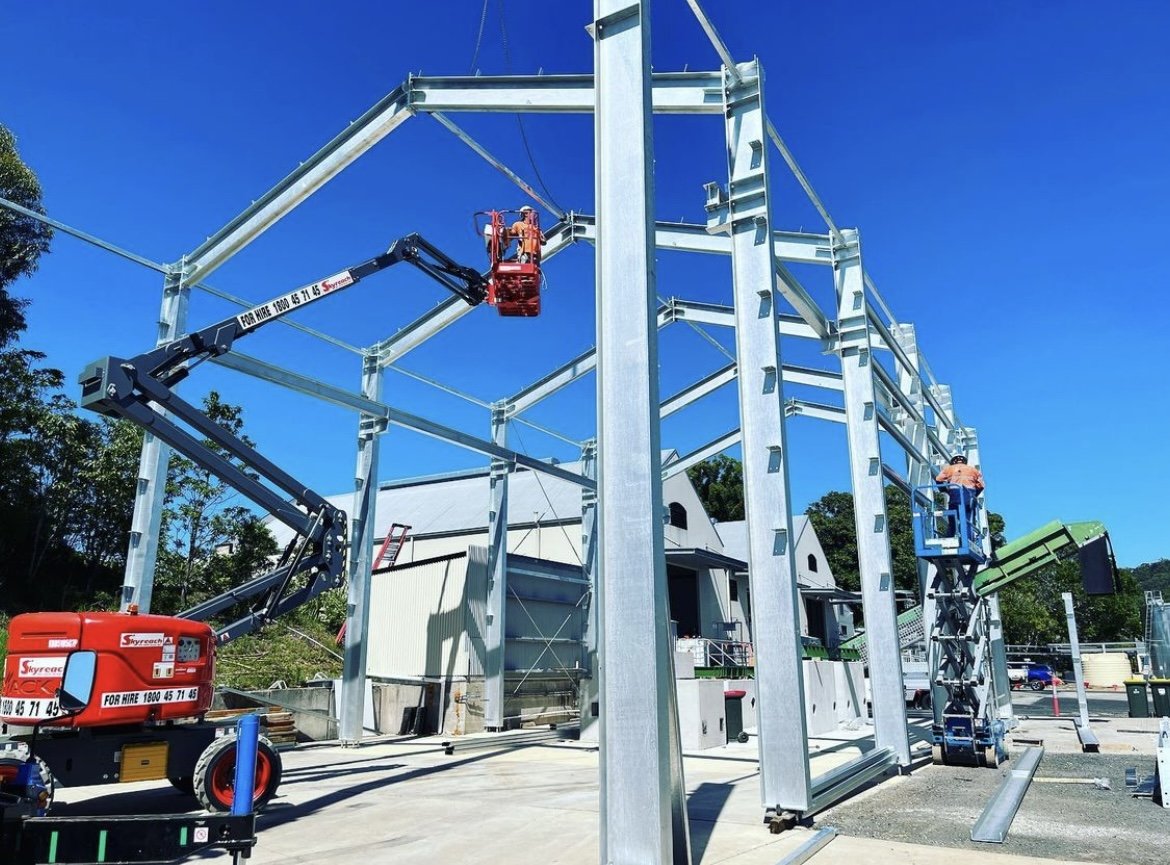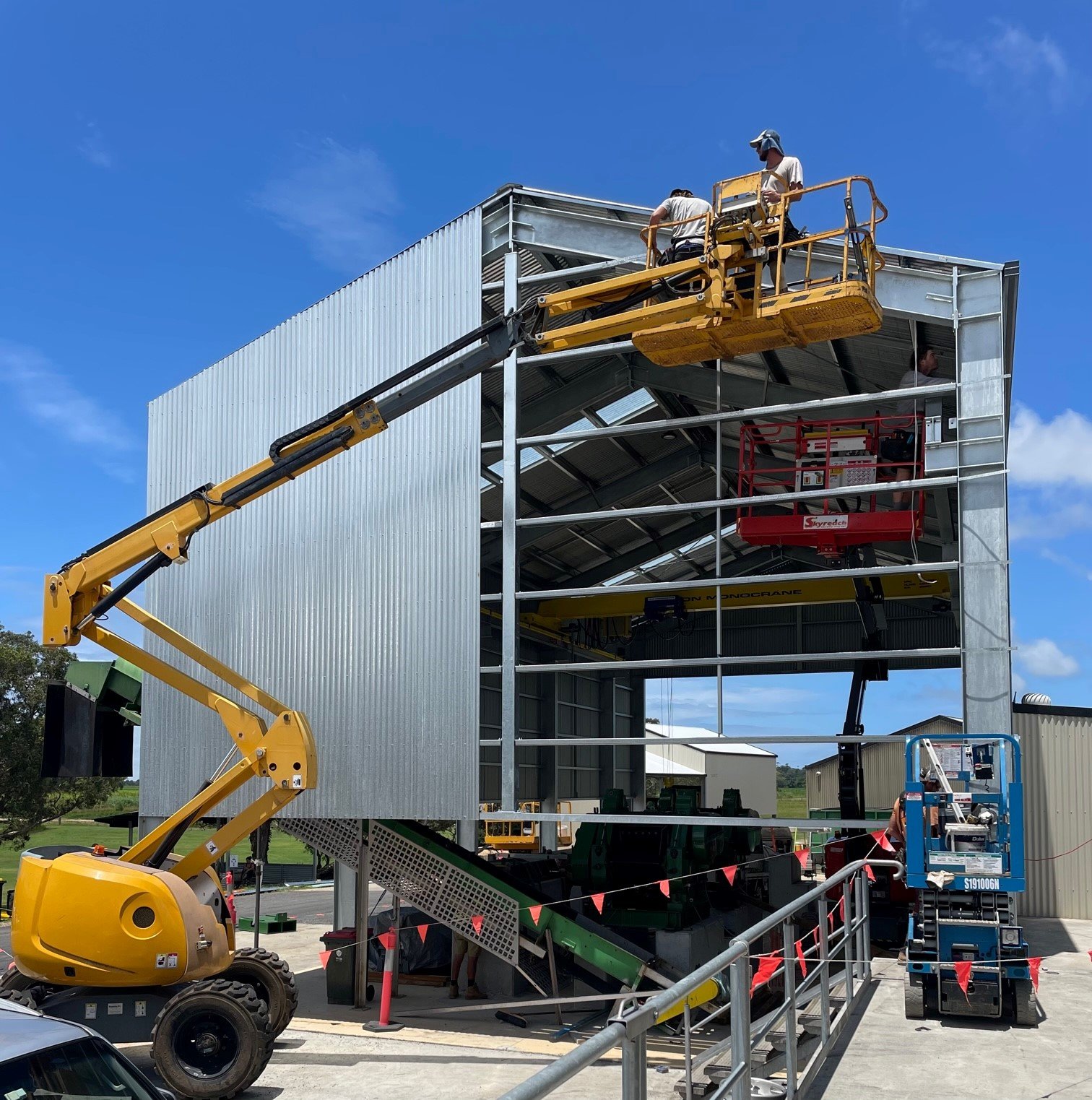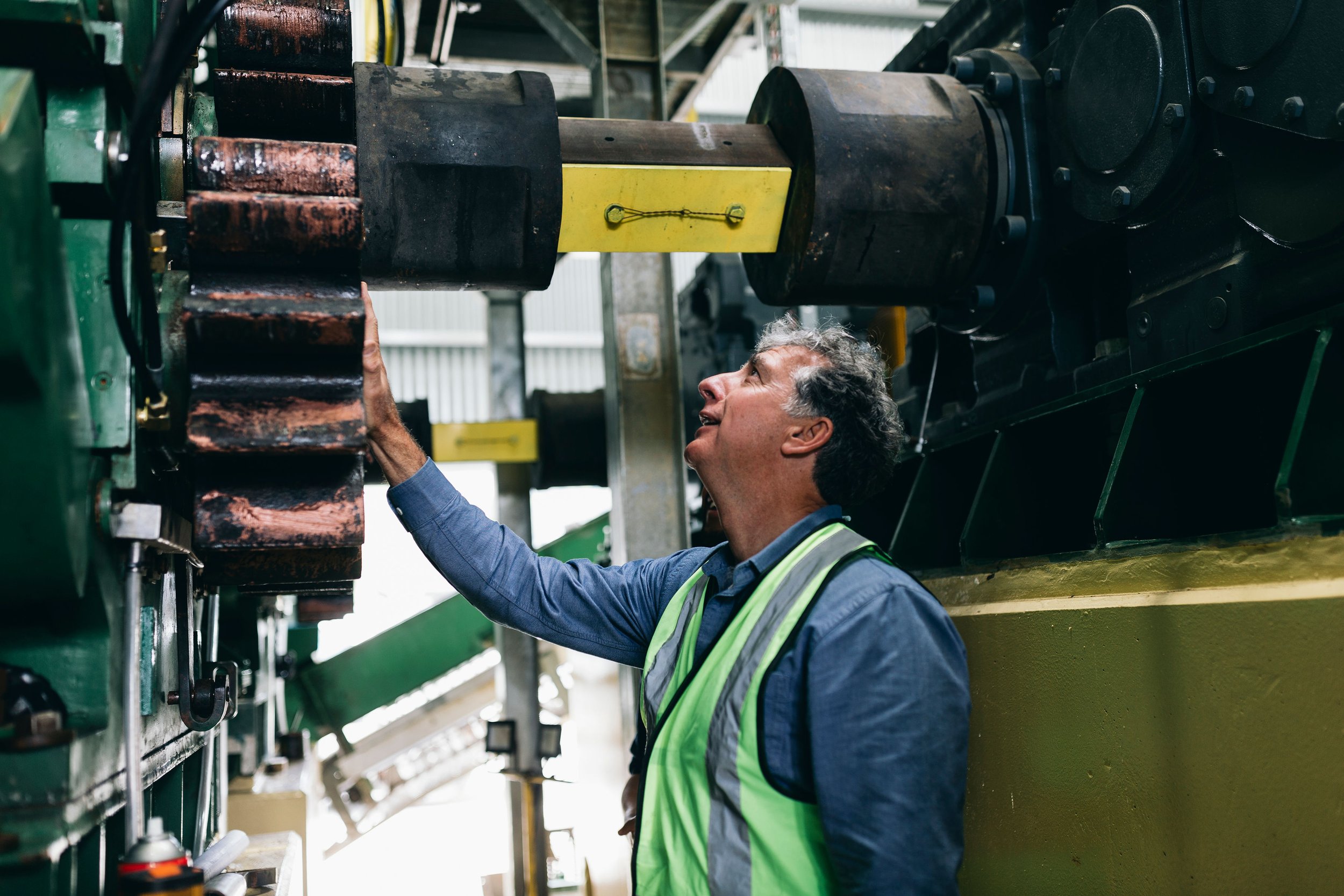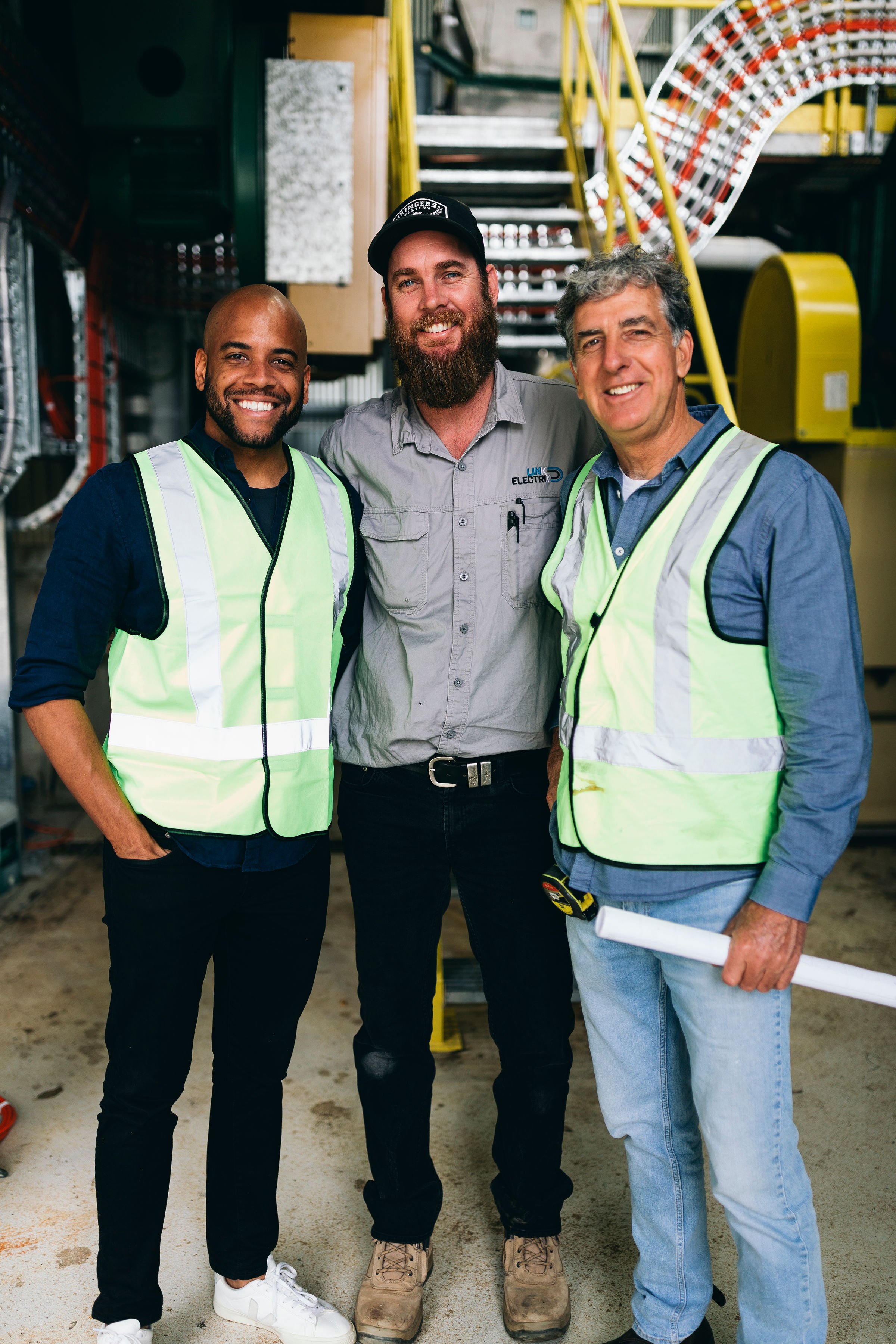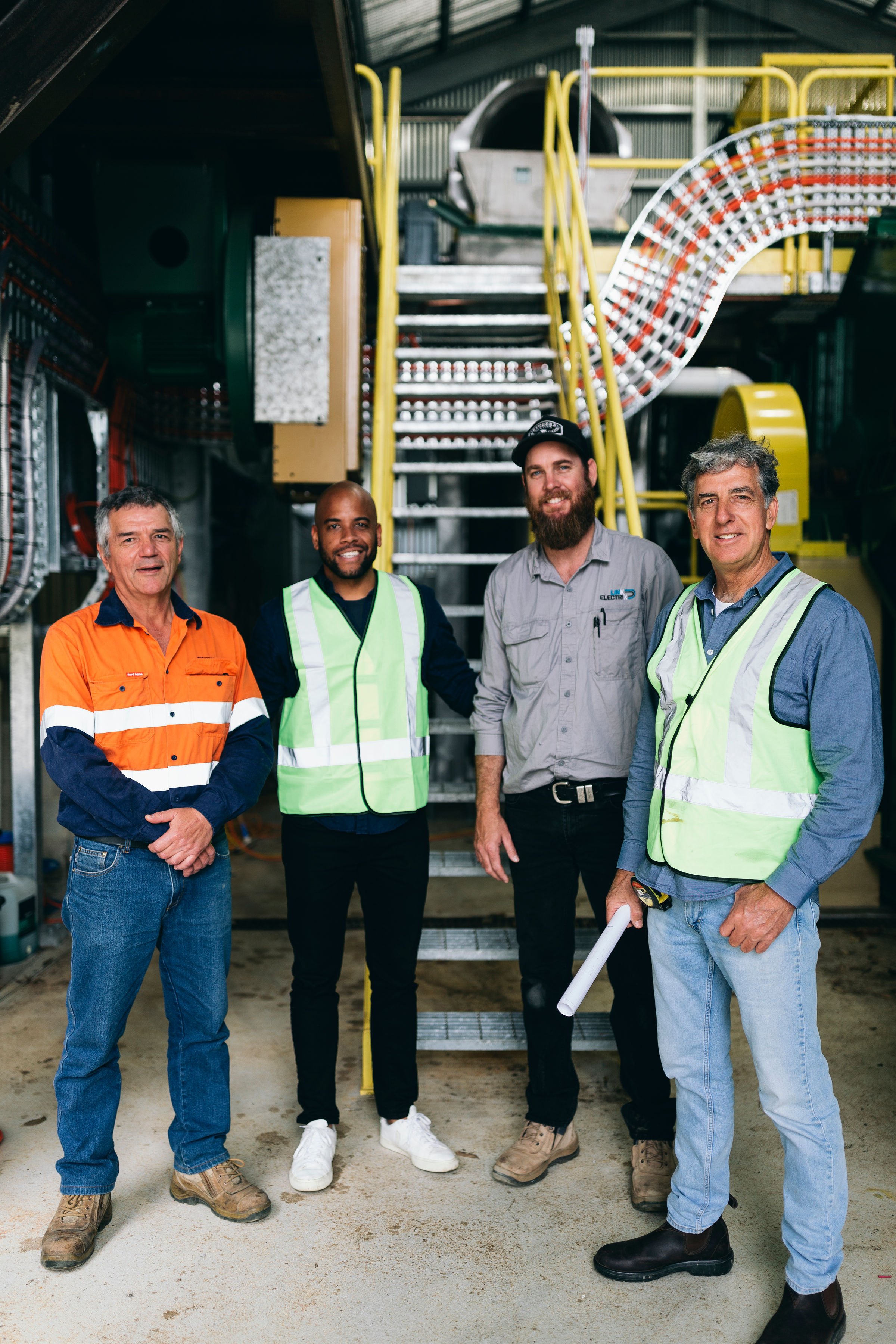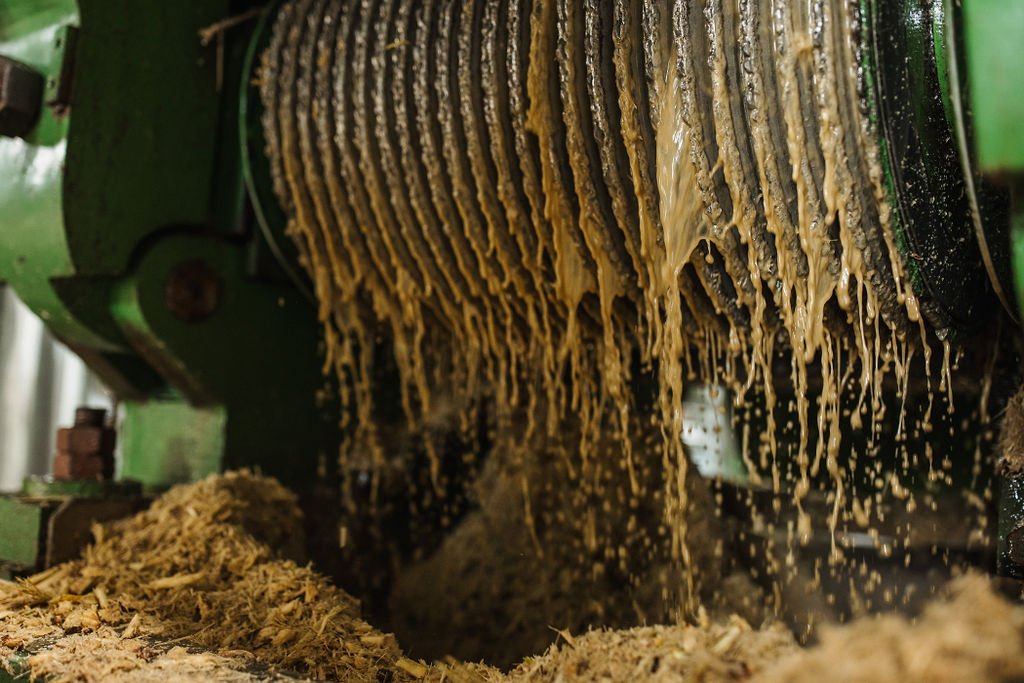Husk Mill - first in the Tweed since 1895
It’s been a long time coming and now we can finally say the Husk Mill is up and running. This is a monumental moment in our history, and just the beginning of the broader dream to pioneer the new taste of Australian rum.
The new Husk Mill in action.
History of Cane in the Tweed
The Northern NSW Cane Growing Region is the smallest but oldest in Australia. In the late 19th century numerous small sugar mills were built in the Tweed. Many failed due to inefficient production, high costs and unreliable cane supply. There were two mills operating near Tumbulgum from the 1870s and 80s the Inglewood and Abbotsford Mill. The Abbotsford Mill was one of the more successful mills in the district but by 1895 it too closed. By then, the giant Colonial Sugar Refinery Company dominated the industry with three large mills at Harwood 1874, Condong 1880 and Broadwater 1881, all of which are still operating today.
But what about rum?
CSR built three distilleries, the first at the Harwood Mill on the Clarence River near Yamba in 1879 closed in 1896 and the larger Pyrmont distillery opened in Sydney in 1901. These CSR distilleries were mostly concerned with the production of industrial ethanol and CO2, but rum was always produced in small volumes. In 1934, CSR Chief Chemist Dr Harman introduced a yeast culture from the America’s and the quality of rum improved significantly. In 1968 the Inner Circle brand was established and became popular until it was bought by Bundaberg Distilling Company in 1986 and shut down.
One thing is clear, wherever rum was made in Australia it was always made from molasses, the cheap, readily available by-product from sugar milling. But in August 2012 a strange thing happened in an old green shed by the banks of the Tweed River at Tumbulgum. A small hand-fed mill started operations as part of an experimental distillery designed to learn how to make rum from freshly crushed cane juice. That little mill can still be seen today between Lou’s kitchen garden, the old barrel house and the new mill shed.
Above: Construction of the Husk Sugar Mill.
These are humble beginnings for what is still a humble and relatively little-known brand but in the preceding 10 years, we’ve grown and learnt a lot about making rum from fresh cane juice and we have big plans for the future of this new style of rum that we call Australian Cultivated Rum.
The Construction Process
After several years of research, planning, design and negotiation, a decision was made on 7 December 2020 and a contract signed with a Brazilian engineering firm to proceed with the design and procurement of custom-built milling equipment to underwrite the future of Husk Rum and the ACR style. It's an interesting fact that Marco, the head of this Brazilian firm, started his career in 1979 importing cane harvesters from Bundaberg. He tells me that he imported 1,000 Austoft harvesters before deciding to establish his engineering firm supplying milling equipment including to numerous Caribbean Agricole rum distilleries. Sadly, Austoft was sold to Case International Harvesters and after pioneering the world’s first mechanical cane harvesters and exporting them to the world for almost 30 years, the Bundaberg factory was closed in 1995 and manufacturing was moved to, you guessed it Brazil!
The very day after the last sticks of cane were crushed through the old mill last November, we set to work disassembling and removing the machinery, breaking up the old concrete mountings, cutting concrete and drilling new foundation piers, dismantling and relocating the old shed and building a new, bigger shed complete with a gantry crane. We installed new underground cables and a larger padmount transformer and switchboard to supply power to the new mill.
Then we got hit by the biggest flood on record with 1.6m of flood water inundating the new mill shed, all the machinery, motors and control panel as well as the harvesting machinery, not to mention everything else was flooded. One thing we learnt through that disaster is that it will take a lot more than a flood to dampen the spirits of our fearless team of Huskies and after a few weeks of clean-up and recovery we got back to the job of building this critical piece of infrastructure to power the future of Australian Cultivated Rum.
Rob Hourn, ably assisted by Trent, has managed the installation since the start of the year. Simon and offsider Billy have installed all the electrical cabling, and Vic Carmelito from Sarina in NQLD has designed and built the automation control system behind the scenes.
Sugar cane at Husk Farm ready to be crushed.
At a cost of $2M this is one of the biggest projects we’ve undertaken and will be the first substantial mill in the Northern Rivers since the Abbotsford Mill closed at Tumbulgum in 1895. Unlike commercial sugar mills in NSW and QLD, the new Husk mill will be the first of its kind in Australia, engineered and custom-built to produce French-style agricultural rum from freshly crushed cane juice. Commercial sugar mills of course produce sugar with molasses as a by-product which is then used by others to make traditional molasses rums.
Fresh cane juice being extracted in the new Husk Mill.
Since 2012 Husk has pioneered this new style of juice rum and at full capacity the new mill will enable us to produce 500,000 cases of Australian Cultivated Rum per year underwriting our domestic and export market expansion plans for the next ten years and beyond.
Visit Husk Farm Distillery to see the Husk Sugar Mill in person.
